How to Clean Paving Slabs Without a Pressure Washer
If you’ve ever considered cleaning your paving slabs without a pressure washer, the following article will provide some tips on how to do so. The first step is to use a garden hose with an adjustable spray nozzle to remove debris from the slab’s surface.
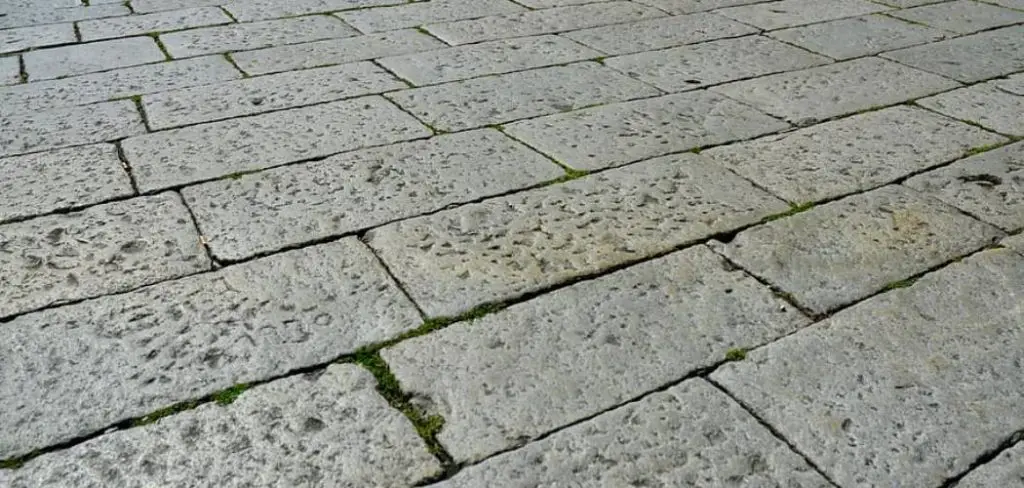
This can be done by dragging the water all around to get everything off. Next, it’s time for some elbow grease! Use a stiff brush or broom and scrub away any stubborn spots that didn’t come up with just water alone.
Repeat these steps until you’re satisfied with the cleanliness of your slabs before proceeding with detailing them as desired. In this article, we’ll explore how to clean paving slabs without a pressure washer.
Step to Follow on How to Clean Paving Slabs Without a Pressure Washer
Step One: Determine the Type of Paving Slab
The first step to take when attempting to clean paving slabs is to determine the type. There are three types, sandstone, limestone, and granite. Sandstone paving slabs are porous due to their sedimentary composition. Limestone paving slabs are also porous but less so than sandstone.
Granite paving slabs are not porous and can be easily cleaned with household products. Tougher stains can be removed by applying a commercial concrete cleaning solution. Tougher stains are worth addressing sooner rather than later, as they can cause damage to the stone.
Step Two: Prepare to Clean the Paving Slab
Abrasive sponges should not be used when trying to clean paving stones because they will scratch the slab’s surface. Instead, use a commercial cleaning solution designed for concrete slabs. Apply the solution with a garden sprayer and work it into the stains. Then, scrub with a stiff-bristled brush.
Saturate a cloth with a non-abrasive solvent and scrub the stained area. Rinse the stone thoroughly with a garden hose to remove all traces of dirt. Avoid using chlorine or bleach as it may discolor or damage some types of stones. Also, don’t soak the slab entirely, as this will cause water to seep into the nearby soil.
Step Three: Refining the Stone
If the stains on the paving stones are not completely removed, apply a commercial solvent to remove more stubborn dirt. Wait 30 minutes and then sweep or hose off the surface of the stone. Always follow manufacturers’ safety instructions when using chemical products on paving slabs.
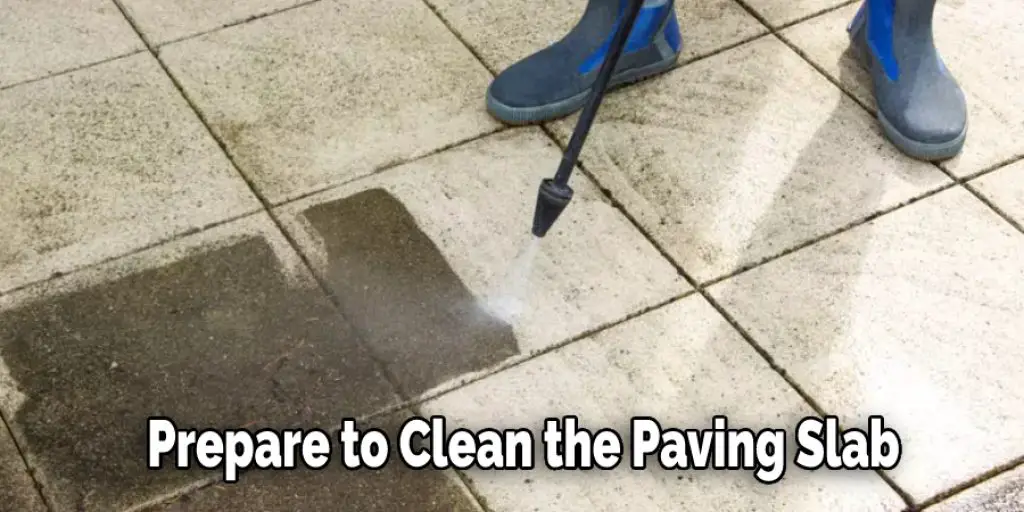
Seal the cleaned slabs to protect them from future stains. Some stones are naturally oiled by exposure to the elements, but they can be added for extra protection. Fountains and other water features should also be sealed. Please read the manufacturer’s instructions before applying a sealant to ensure it’s compatible with the stone.
Step Four: Cleaning With Granite
Abrasive sponges and commercial cleaning solutions will do damage to a granite slab. Granite is naturally resistant to stains, so simply wiping the surface with a cloth saturated in household cleaners will be enough to clean the stone. Don’t allow oil or grease to collect on the surface of your paving slabs, as they can permanently discolor the stone.
Seal the stone with a household product to ensure its longevity and beauty. Use a cloth or shop-vacuum to clean up any wayward drips and residue before they soak into the ground beneath it to avoid a puddle. Apply a sealant with a paintbrush, keeping to coats of around 1/4 inch each to ensure the stone is protected from stains and damage.
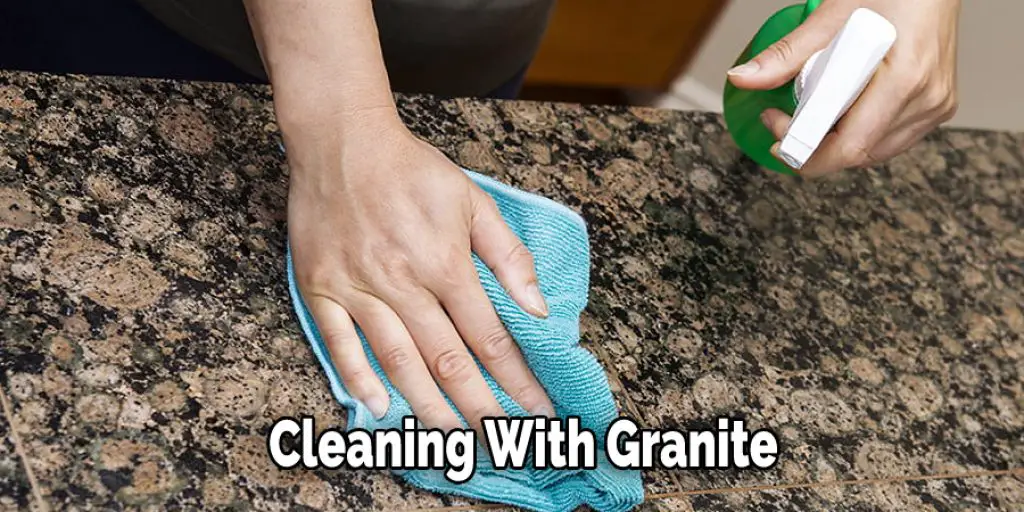
Step Five: Cleaning With Limestone
Limestone paving slabs are porous and should not be sealed with waxes or household products that may leave an oily residue. Commercial cleaners are recommended for limestone slabs, but they should be tested in an inconspicuous area before applying them to the whole slab.
Limestone is naturally porous and absorbs stains easily. Limestone should always have a protective coating applied to it to protect it from future stains after being cleaned. Use a solvent-based commercial sealer to avoid streaks and house as it cures. This will help in how to clean paving slabs without a pressure washer.
Step Six: Cleaning With Sandstone
Sandstone paving slabs are porous due to their sedimentary composition. The stone should not be sealed or waxed as this will damage the surface of the stone. Commercial cleaners are recommended for removing dirt, grease, oil, and mildew stains from sandstone slabs.
Sandstone is also naturally porous and can be cleaned using a diluted household cleaner that won’t damage the slab’s surface, which is softer than granite or limestone paving slabs. Rinse thoroughly with water to remove all traces of dirt.
Step Seven: Maintaining Paving Slabs
All paving slabs will need to be re-cleaned after some time due to dirt build-up. Use a commercial cleaner on all types of paving slabs, but avoid bleach or chlorine as they can damage the stones’ surfaces. Granite slabs are durable, but they should have mildew stains removed immediately to avoid dark spots developing.
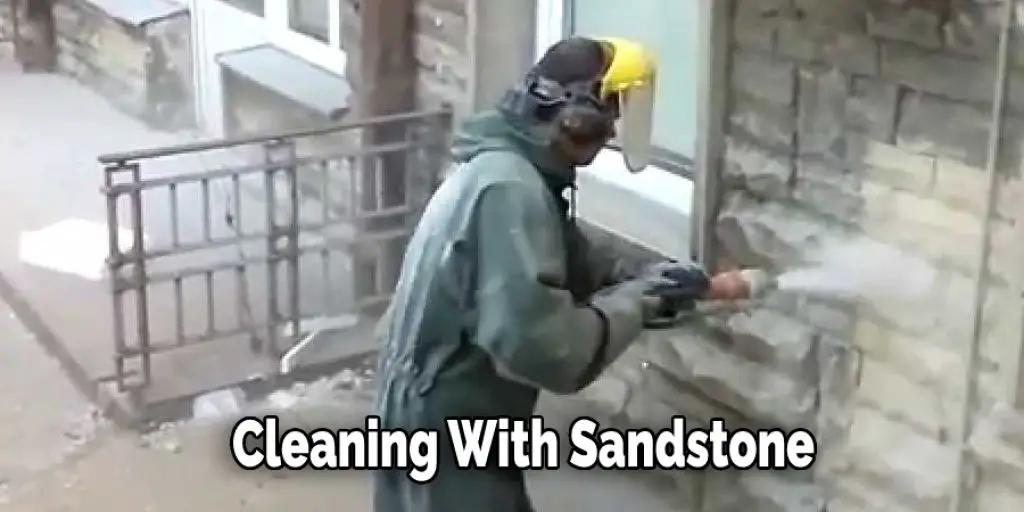
Sweep or hose off the slabs after removing mud, dirt, and other common stains to avoid water damage to the surrounding soil. Rinse slabs with a garden hose before applying a commercial cleaner, but don’t soak the stone as this will cause water damage.
Step Eight: Enjoying Your Paving Slabs
Once you have cleaned and maintained your paving slabs, they will become a valuable part of an outdoor cooking area. You can clean the stone before laying bbq grills over them to ensure food is not contaminated by harmful bacteria from dirt on the surface of the slabs.
Once sealed with a commercial sealant, the paving slabs will remain clean and stain-resistant for years to come. Pets and kids can enjoy playing on your patio, deck, or pool deck with no worry of damage from stains as they will be sealed against penetration.
Frequently Asked Questions
What Is the Best Way to Clean Paving Slabs?
The best way to clean paving slabs is by using a pressure washer. A pressure washer will remove dirt, grime, and other contaminants from the surface of the pavement. The second option is to use a steam cleaner that can be used on any type of flooring material, including concrete and asphalt.
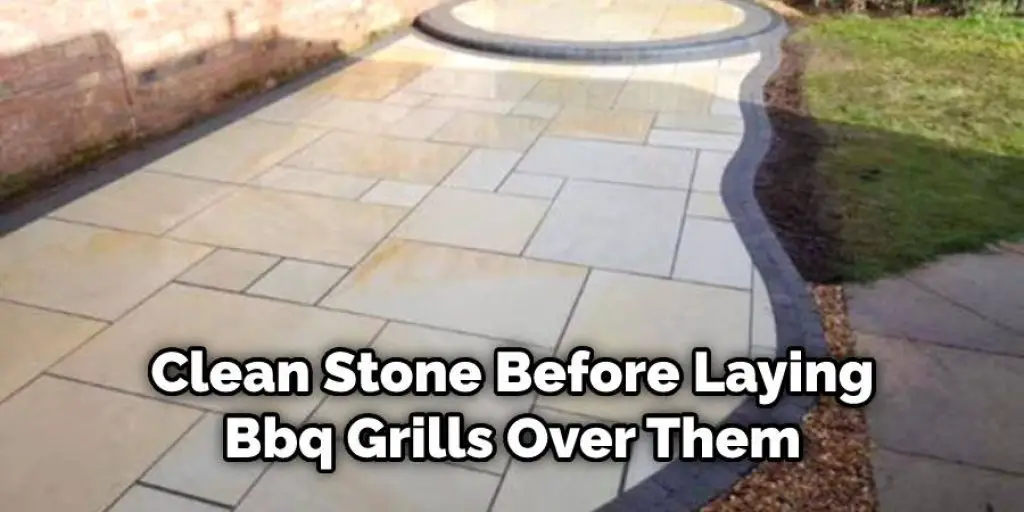
A pressure washer should be used with caution because it could cause water damage if it’s not handled properly.
Does White Vinegar Clean Concrete?
It is difficult to answer this question without understanding the ingredients in White Vinegar.
White vinegar is a type of acetic acid, which is an organic compound that has no color and occurs naturally in many fruits and vegetables. Acetic acid is used as a preservative and as a food additive for its sour taste.
White vinegar can be used on concrete to remove grease, oil, or other stains. It can also be used to disinfect the surface after cleaning it with bleach or hydrogen peroxide solution. However, if you want your concrete to look pristine and white again, you will need more than just white vinegar because there are some chemicals present in blacktop, such as coal tar pitch, that could stain the surface even after being cleaned with white vinegar.
Does Bleach Hurt Concrete?
Bleach is a chemical that can be used to clean most types of surfaces, but it’s important to know how bleach affects concrete.
Bleach contains chlorine, which reacts with water in the air and creates hydrochloric acid (HCl). Hydrochloric acid is corrosive and will eat away at the concrete surface. It may also cause structural damage if left on for too long.
It’s best to use other cleaners such as muriatic acid or muriatic acid-based cleaners for cleaning concrete because they do not contain chlorine or hydrochloric acid.
How Long Can Bleach Sit on Concrete?
We need to understand the properties of bleach.
Bleach is a disinfectant that kills most bacteria and some viruses on contact, including common household germs like E. coli and salmonella. Bleach can be used for disinfecting surfaces in kitchens, bathrooms, around sinks and toilets, but it cannot sanitize food or drinks because it does not have enough power to kill all harmful bacteria on contact.
According to the manufacturer’s instructions for Clorox® Professional™ Bleach (blue) Concentrated Solution with Hydrogen Peroxide (1-2-3), “The solution should remain active for 12 hours.
Conclusion
A pressure washer is an excellent tool for cleaning and preparing paving slabs, but it’s not the only option. For instance, you can use a stiff-bristled broom to sweep away loose dirt and debris in preparation for sweeping with water or using soap solutions.
You could also try applying vinegar mixed with warm water to loosen grime before scrubbing off when dry with an old toothbrush. However, the best way to clean your paving slabs is by following these easy steps! The article has been a good guide on how to clean paving slabs without a pressure washer.
You may also like – How to clean a concrete tile roof.








